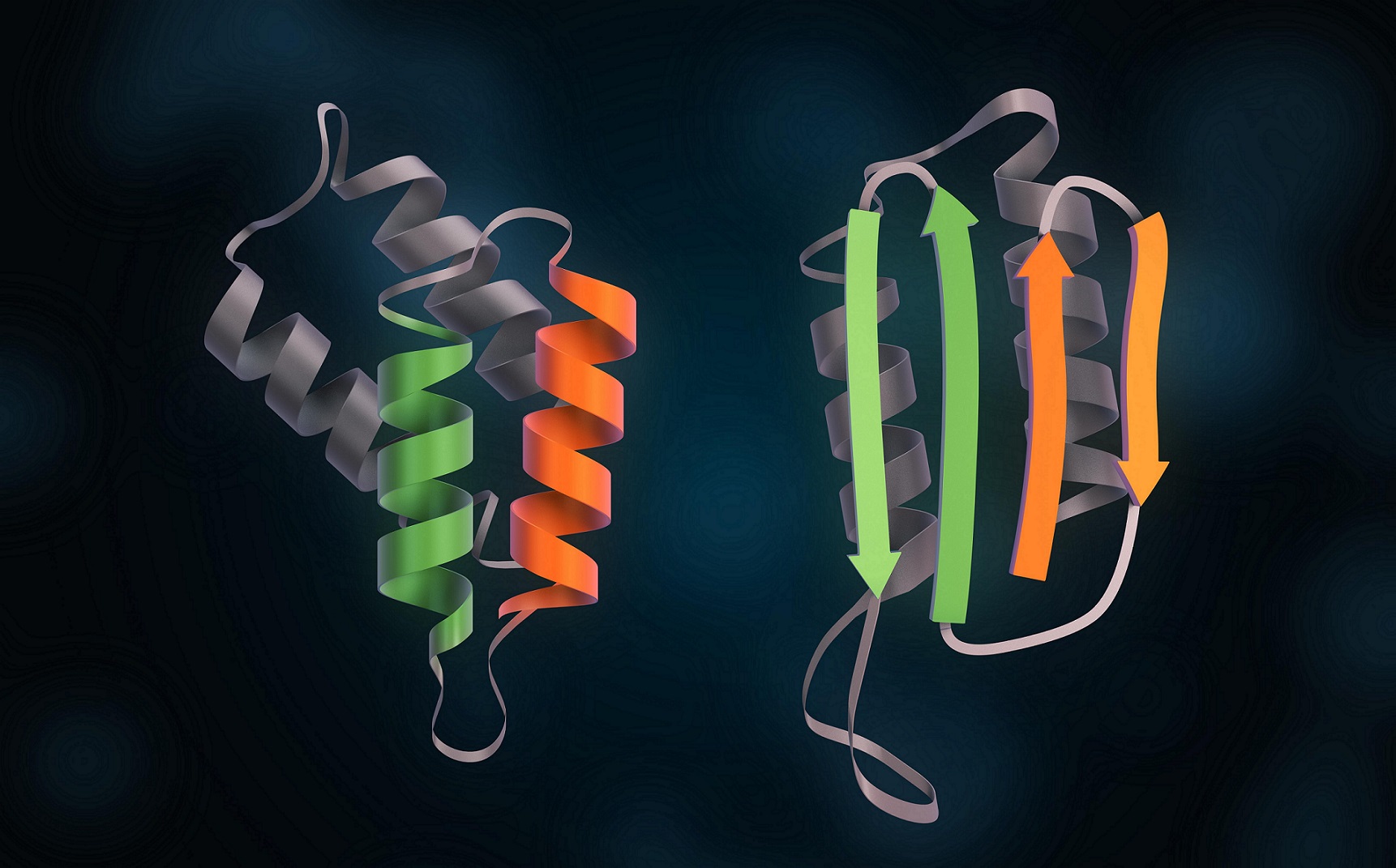What are prions?
They are misfolded proteins capable of 'infecting' this incorrect configuration to other proteins, which, in turn, become prions and continue the spread. In other words, they can be compared to a rotten apple in a basket that spoils the rest of its companions.
What actually happens is that the prion protein, naturally present in the brain, becomes pathogenic when a change in its structure leads to misfolding.
What diseases do they cause?
The affected proteins are found in the brain, so prions cause progressive, irreversible encephalopathies that lead to death relatively quickly once symptoms begin. The incubation period can be many years.
There are various prion diseases (also known as transmissible spongiform encephalopathies). Some of the most well-known are Creutzfeldt-Jakob disease and its animal version, bovine spongiform encephalopathy, known in the media as mad cow disease.
Why are they so dangerous?
Prions are infectious agents, but they are not pathogens like viruses, bacteria, and fungi. Since they are only proteins, protective measures and treatments that may work for microorganisms do not function. In fact, they are so difficult to destroy that contaminated laboratory material is not sterilized but must be melted.
Furthermore, there are many unknowns surrounding them that make their study, treatment, and control challenging. For instance, it is unknown why the prion protein misfolds in the first place.
How can a brain be infected by prions?
There are three forms of prion diseases. First, sporadic forms - without explanation - where the disease starts without a known external cause.
Infectious forms, where the prion is acquired from the outside - as might have happened to the deceased researcher. In addition to the so-called mad cow disease, a less-known example is kuru, a disease described in New Guinea in the early 20th century, whose origin was that members of a tribe consumed parts of the brains of the deceased as part of a funeral ritual.
A third form is hereditary, as is the case with fatal familial insomnia, documented in D. T. Max's book The Family That Couldn't Sleep (2018).
How are they transmitted?
In cases where there is no sporadic misfolding of unknown origin or a hereditary form of the disease, transmission can occur by consuming contaminated meat products - as in mad cow disease - or through a transplant. This is not to mention the possibility of a laboratory accident happening to a researcher. However, the most common form of infection is through ingestion.
Should we be concerned?
Although prions are still very poorly understood, and the diseases they cause are deadly, the reality is that they are very rare neurodegenerative diseases, with an incidence of around one case per million inhabitants per year in Spain, according to data from the National Center for Epidemiology.

